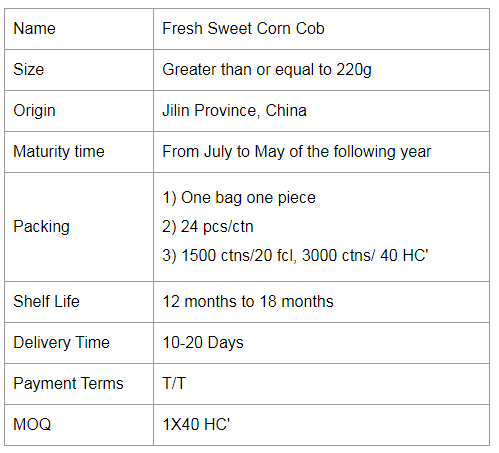WRULD (Work Related Upper Limb Disorders) is a work-induced muscle, tendon ligament, nerve or other upper limb soft tissue and joints, such as neck, shoulder, arm, wrist and finger injury symptoms, also often referred to as RSI (repetitive strain injuries) Sexual strain, if it does not attract attention, does not improve working conditions, it will be further aggravated.
A variety of factors can lead to the occurrence of WRULD (RSI), such as: repetitive work, uncomfortable work posture, continuous or excessive exertion, and so on. Manual pipettes are versatile and durable tools in a variety of laboratory equipment and can be used for several hours per day. Studies have shown that more than 40% of laboratory professionals are experiencing physical discomfort caused by pipetting. . In addition to causing discomfort, injury to the hand or arm limits work performance and may therefore affect the accuracy, accuracy, and reliability of the results.
Therefore, personal preferences such as ergonomic design and handle comfort are important selection criteria for pipettes. In order to achieve the best ergonomics, Sartorius reminds you to pay attention to the following points when selecting pipettes:
1. Required pipetting: Large pipetting forces increase the risk of recurrent strain injuries (RSI). In addition, it reduces the accuracy and precision of long-term pipetting. Usually the force required to push the plunger to the first gear is between 3 and 15 N. The force required to press the plunger to the second gear is as high as 40 N. You can squeeze the two plungers against each other for a simple test to compare the pipetting forces of the two pipettes and select a pipette that requires less pressure.
2. Tip Ejection Force: Tip ejection usually requires more force than pipetting. Manual pipette tips with high pop-up forces pose a risk of damage, especially when performing repetitive pipetting. Typical tip ejection forces range from 15 to 30 N.
3. Tip Installation: The tip installation is similar to the force required to pop the tip during pipetting. The tip mounting force is the force required to securely attach the tip to the pipette. Unsuitable tips require tapping, shaking or even hand tightening to ensure proper sealing. This force can be reduced by using a suitable tip.
4. Grip design and balance: The pipette should fit snugly on the palm of your hand, and the finger support point should be effortless when holding the pipette. In addition, the balanced, well-designed pipette with a central center of mass maintains stability and greatly reduces hand muscle strain and wrist torque.
5. Weight and length: The lighter the pipette, the shorter the length, the more ergonomic design.
6. Capacity adjustment: Adjusting the pipette capacity should be convenient and ergonomic. To avoid unnecessary thumb strain, use both hands to adjust the volume as much as possible, holding the pipette in one hand and rotating the adjusting wheel in the other.
7. Capacity display: In order to avoid holding the pipette in an awkward position, the capacity should be easily read during normal pipetting.
8. Adaptability for left-handed and right-handed users: For left-handed and right-handed users, pipettes must be comfortable to use. Both directions should have the same function. In addition, the display should remain easy to read, no matter which direction it is used.
You can learn more about the symptoms and hazards of WRULD (RSI) on the website of the UK Health and Safety Executive. Pipetting operations seem to be labor intensive, but multiple operations involve multiple thumb presses, arm lifts, and other repetitive movements, so choosing an ergonomic and enhanced comfort pipette is very important, love yourself, from now on Start!
Ready-to-eat Single Packed Sweet Corn
The factory is located in Gongzhuling City which known as "Hometown of Corns in China", it is one of the top three golden corn belts in the world far away from pollution.
Jilin Province, as the main corn producing region in China, is also in the main grain exporting province of the country. It has been the first in China in terms of total corn production and commercial grain rate. There has the mosst excellent soil and climate which are suitaable for corn growth. The corns there have high yield and excellent quality, are ideal raw materials for processing fresh sweet and waxy corn.Corn planting in the Northeast region is mostly one crop a year, and spring sowing is mainly based on clearing, which accounts for more than 50% of the corn planting area in the Northeast.
In addition to clearing, the importance of corn in crop rotation cannot be ignored. Rotate crops with sorghum, millet, soybeans and other crops to improve crop yields.
Affected by climatic characteristics, the choice of corn varieties in Northeast China is to choose varieties with moderate maturity or early maturity, and at the same time have the characteristics of low temperature tolerance and high yield.



If you have any questions, please contact us directly. Welcome to visit our factory, if you have any questions, please email us directly.
Sweet Corn Cob Varieties,Sweetest Sweet Corn,Sweet Corn Maize,Sweetened Corn Cob
Jilin Province Argricultural Sister-in-law Food Co., Ltd. , https://www.nongsaocorns.com